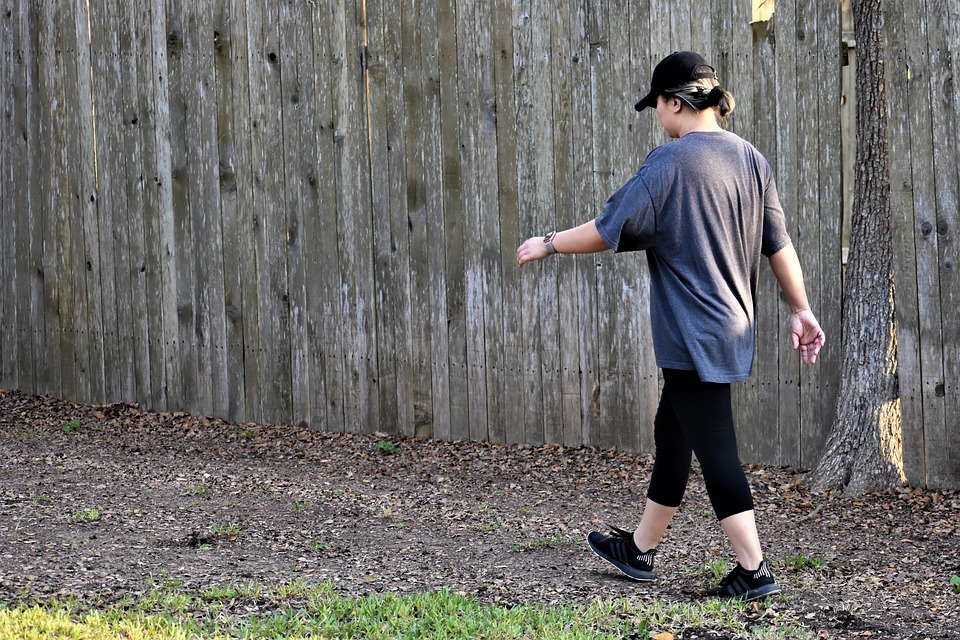When it comes to heart health and cardiovascular fitness, misinformation abounds. From outdated exercise routines to misconceptions about diet, the myths surrounding cardiovascular health can lead to confusion and even hinder progress. In this article, we will debunk some of the most common cardio myths and provide you with the essential facts to foster better heart health.
Myth 1: You Must Do Long Cardio Sessions to Get any Benefits
The Truth:
It’s commonly believed that long, steady-state cardio sessions are the only way to achieve heart health benefits. However, research has shown that shorter, high-intensity workouts can be just as effective, if not more so, than longer sessions. High-Intensity Interval Training (HIIT) has gained popularity for its efficiency, allowing individuals to reap cardiovascular benefits in as little as 20-30 minutes. This approach not only saves time but also helps in burning more calories in a shorter duration, improving cardiovascular fitness more rapidly.
Myth 2: Cardio is the Best Way to Lose Weight
The Truth:
While cardio is an important component of a weight-loss strategy, it’s not the sole factor. Many people believe that logging endless miles on a treadmill is the key to shedding pounds. However, weight loss is ultimately about creating a caloric deficit—burning more calories than you consume. Incorporating strength training into your fitness routine is vital, as it builds muscle mass and boosts your resting metabolic rate. A combination of both cardio and resistance training, along with a balanced diet, is the most effective approach to sustainable weight loss.
Myth 3: You Can’t Get Fit Without a Gym Membership
The Truth:
The notion that gym memberships are essential for achieving cardiovascular fitness is false. While gyms provide specialized equipment, there are countless ways to engage in cardiovascular exercise without ever stepping foot inside one. Running, cycling, walking, swimming, dancing, and home workouts are all excellent ways to improve heart health. Utilizing outdoor spaces not only saves money but also provides the additional benefits of fresh air and nature, which can boost your mood and well-being.
Myth 4: You Should Always Feel Exhausted After a Cardio Workout
The Truth:
It’s a common misconception that a successful cardio workout must leave you breathless and exhausted. While pushing your limits can be beneficial, training should also include moderate sessions that allow you to maintain a conversation without feeling overly fatigued. This steady-state cardio builds endurance and allows for longer workouts without risking injury or burnout. It’s important to listen to your body and strike a balance that allows for recovery and consistency.
Myth 5: If You’re Fit, You Don’t Need to Worry About Heart Disease
The Truth:
Many assume that being physically fit mitigates the risk of heart disease, a dangerous misconception. While regular exercise is crucial for heart health, other factors—such as genetics, diet, and lifestyle choices—also play significant roles. This means that even fit individuals can be at risk due to high cholesterol, smoking, excessive alcohol consumption, or a poor diet. Routine health screenings and awareness of your family history are vital preventive measures, regardless of your fitness level.
Myth 6: All Cardio is Equal
The Truth:
Not all forms of cardio offer the same benefits. Endurance training, like steady jogging, primarily improves cardiovascular endurance, while high-intensity workouts can enhance cardiovascular health as well as boost metabolic rate, improve strength, and promote fat loss. Furthermore, some forms of cardio, like circuit training, integrate resistance movements with aerobic exercises, providing a more comprehensive workout. Diversifying your cardio regimen is important for overall fitness; aim to include different modalities such as biking, swimming, and interval training.
Conclusion
Understanding the facts about cardio and heart health is instrumental in making informed lifestyle choices that promote well-being. While countless myths cloud the conversation on cardiovascular fitness, it’s essential to separate fact from fiction. Whether you’re a seasoned athlete or just starting your fitness journey, remember that a holistic approach—incorporating various forms of exercise, a balanced diet, and regular health check-ups—will help you achieve optimal heart health. Break free from the myths and embrace the real truths of cardiovascular fitness for a healthier, more vibrant life.




